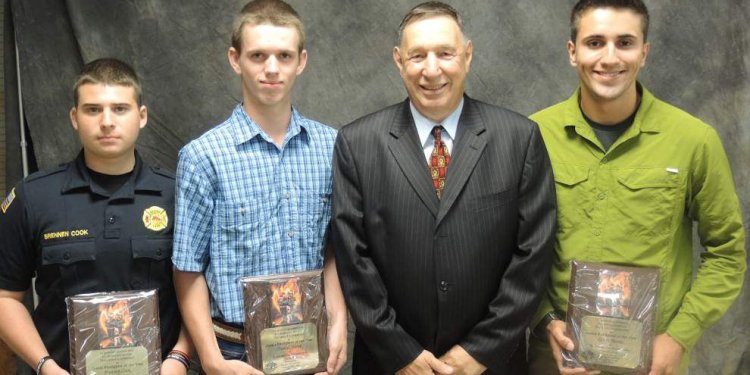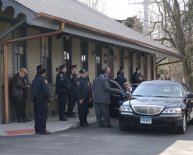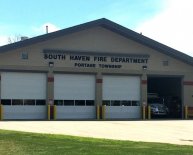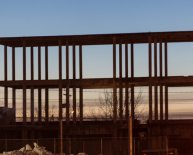
Paid Firefighter training
Firefighters control and put on fires, and react to disaster circumstances where life, residential property, or even the environment are at danger.
Tasks of Firefighters
Firefighters typically perform some following:
- Drive fire trucks and other disaster automobiles
- Put out fires using liquid hoses, fire extinguishers, and water pumps
- Discover and save sufferers in burning structures or in other emergency circumstances
- Handle sick or injured individuals
- Prepare written reports on crisis incidents
- Neat and protect equipment
- Conduct drills and conditioning instruction
- Provide public training unstoppable security
When answering an urgent situation, firefighters are responsible for linking hoses to hydrants, operating the pumps that power the hoses, climbing ladders, and making use of other resources to split through debris. Firefighters in addition enter burning up buildings to extinguish fires and relief people. Many firefighters have the effect of offering medical attention. Two off three phone calls to firefighters tend to be for medical problems, perhaps not fires, according to the nationwide fire-protection Association.
Firefighters’ obligations may transform repeatedly as they have reached the scene of a crisis. In some instances they stay at disaster scenes for days, for instance, rescuing trapped survivors and helping with medical treatment.
Whenever firefighters aren't giving an answer to a crisis, they are on call at a fire place. During this time period, they on a regular basis inspect gear and perform training drills. They even eat and sleep and stick to call, as their changes frequently final 24 hours.
Some firefighters also work with hazardous materials units and therefore are specifically trained to control and cleanup dangerous products, particularly oil spills and chemical accidents. They work with dangerous materials treatment workers in these cases.
Wildland firefighters tend to be especially trained firefighters. They normally use heavy gear and water hoses to regulate forest fires. Additionally they usually create fire lines—a swath of cut-down woods and dug-up lawn inside road of a fire—to deprive a fire of gas. They will certainly additionally make use of prescribed fires to burn prospective fire gasoline under controlled conditions. Some wildland firefighters, generally smoke jumpers, parachute from airplanes to attain otherwise inaccessible places.
Firefighters presented about 327, 300 tasks in 2014. The vast majority—about 91 per cent— worked for neighborhood governing bodies. All of the remainder worked for federal and state governments. Various worked at airports, chemical flowers, also professional sites.
These employment figures omit volunteer firefighters. You can find more or less doubly many volunteer firefighters as you can find paid profession firefighters.
Volunteer firefighters share similar duties as paid firefighters and account for most firefighters in lots of areas. According to the nationwide Fire Protection Association, about 69 percent of fire divisions had been staffed entirely by volunteer firefighters in 2013.
You should definitely in the scene of a crisis, firefighters just work at fire channels, where they sleep, eat, and remain on telephone call. Whenever an alarm seems, firefighters react, regardless of the weather or period.
Accidents and ailments
Firefighters get one of highest rates of injuries and ailments of all of the professions. They frequently encounter dangerous situations, including collapsing floors and walls, traffic accidents, and overexposure to flames and smoke. As a result, workers must put on safety equipment to aid reduced these risks. Often, the defensive equipment can be very heavy and hot.
Firefighter Perform Schedules
Firefighters typically work very long and diverse hours. Most firefighters work 24-hour shifts on duty and off the following 48 or 72 hours. Some firefighters work 10/14 shifts, therefore 10 hours working and 14 hours off. When combating woodland and wildland fires, firefighters may work for extended periods. For instance, the 2003 Ca Fire Siege took days of constant energy by Ca wildland firefighters to end.
Have the training you want: Get a hold of schools for Firefighters near you!
Firefighters typically need a high college diploma and learning emergency medical solutions. Prospective firefighters must pass written and real tests, complete a few interviews, undergo education at a fire academy, and hold an emergency medical technician (EMT) certification.
Applicants for firefighter jobs typically must be at least 18 years old and now have a valid driver’s permit. They need to additionally pass a medical exam and medication evaluating becoming hired. After being employed, firefighters can be subject to arbitrary drug examinations and will also need certainly to total routine health and fitness tests.
Firefighter Education
The entry-level training necessary to become a firefighter is a higher college diploma or equivalent. However, some course work beyond high school, eg airway management and stress care, is normally needed to have the crisis medical specialist (EMT) basic official certification. EMT needs differ by town and state.
Firefighter Training
Entry-level firefighters get a few months of instruction at fire academies run because of the fire division or because of the condition. Through classroom instruction and practical education, recruits study fire-fighting and fire-prevention practices, regional building codes, and emergency surgical procedures. Additionally they discover ways to combat fires with standard gear, including axes, sequence saws, fire extinguishers, and ladders. After going to a fire academy, firefighters must typically complete a probationary period.
Some fire divisions have actually approved apprenticeship programs that final as much as 4 many years. These programs combine technical training with on-the-job-training under the supervision of experienced firefighters.
As well as participating in education programs performed by local or state fire divisions and companies, some firefighters attend federal training sessions sponsored because of the National Fire Academy. These workout sessions cover subjects including anti-arson strategies, catastrophe readiness, dangerous products control, and public fire protection and knowledge.
Licenses, Certifications, and Registrations
Usually, firefighters must be certified as crisis medical specialists during the EMT-Basic amount. Additionally, some fire divisions require firefighters become certified as an EMT-Paramedic. The nationwide Registry of crisis healthcare Technicians (NREMT) certifies EMTs and paramedics. Both amounts of NREMT certification require doing a training or training program and moving the national exam. The national exam features both a written part and a practical part. EMTs and paramedics may use firefighters within moments of accidents.
Some states have actually necessary or voluntary firefighter education and certification programs.
The nationwide Fire Academy also offers an Executive Fire Officer official certification. Become qualified, firefighters should have a bachelor's degree.
See also:
- Say goodbye to discomfort with Best pain relief solutions that work for you.

















